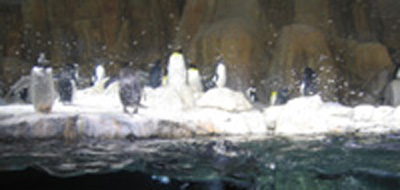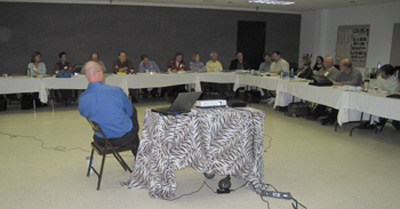A team led by the Great Lakes Commission is working with communities in the United States and Canada to identify and test the ecological and financial rationales for pursuing water conservation and green infrastructure practices, and pilot how this information can drive better water management throughout the Great Lakes region.
In order to be effective in the Great Lakes Region, the project team believes that water conservation must include strategies that impact municipal supply, stormwater, and wastewater, which involve engaging a different set of stakeholders than traditional water conservation programs.
The team will pilot this approach in six communities (three in the U.S., and three in Ontario). Participating communities include:
- The Regional Municipality of Waterloo, Ontario;
- The City of Waterloo, Ontario;
- The City of Guelph, Ontario;
- The Township of Lyons, Michigan;
- The Township of Commerce, Michigan; and
- Southwest Oakland County, Michigan.
These communities extract water from a variety of ground and surface water sources and face challenges that are common throughout the basin. These include the overuse of groundwater supplies, stream impacts from water withdrawal and discharge, and impacts related to stormwater runoff
A detailed impact and infrastructure assessment will be conducted in each of the six pilot communities. This will include:
- Developing a set of management actions for each community that will reduce environmental impacts and decrease costs;
- Tracking the rate at which the pilot communities implement the recommended actions and calculating the environmental and financial impacts; and
- Creating and testing a series of knowledge transfer strategies that will help communities teach other communities.
The team will transfer the tools created in the pilots to communities throughout the basin. New communities of practice will be created around the most promising techniques that have ecological importance and basinwide applicability.
The project team has already facilitated a webinar entitled “Extreme Makeover: How Six Model Municipalities Are Greening Their Water Management Program and Their Bottom Line.” The archived webinar and presentation slides are available at http://glc.org/projects/water-resources/water-mgmt/water-mgmt-webinars/.
Contacts
For more information on this project, please contact John Jackson, Project Manager, jjackson@web.ca, 519-744-7503; or Christine Manninen, GLC Project Manager, manninen@glc.org, 734-971-9135.


